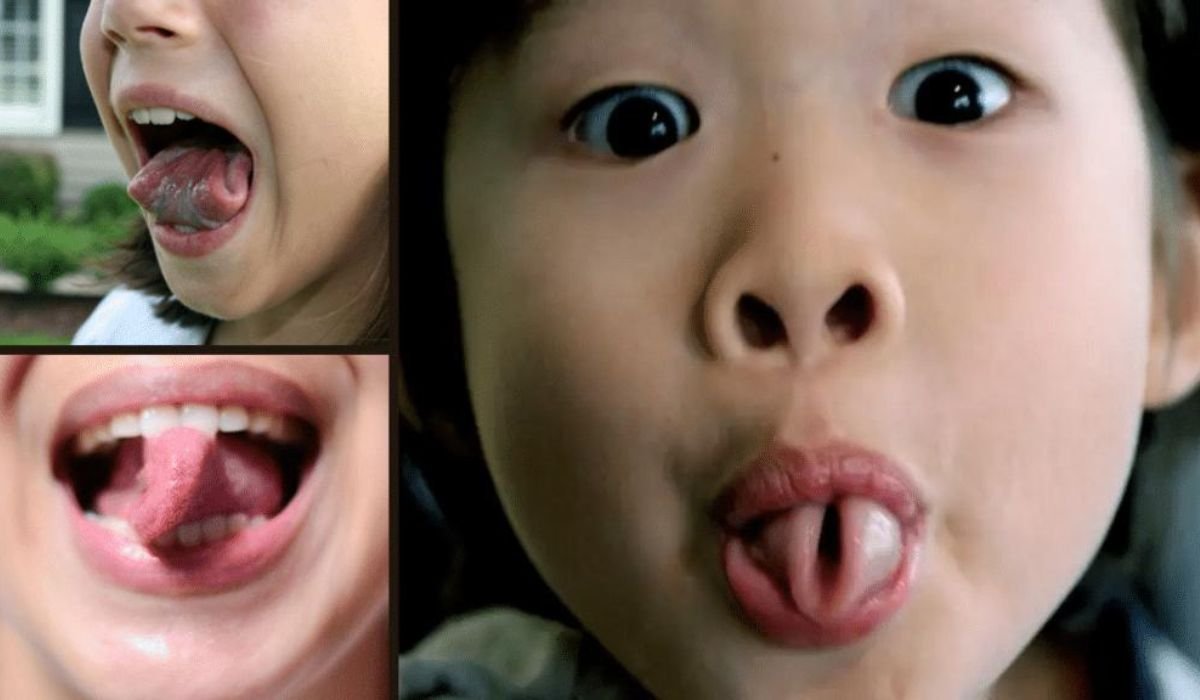Introduction
Certain words stand out as mysterious in the huge variety of languages, grabbing people’s attention and provoking inquiry. An example of this is “Simana Jaya Ghadi Diri Les Cours Wela Try.” What does that signify? From where does it originate? This essay will explore the fascinating phrase’s history, definition, and cultural connotations. Now let’s unravel the mystery and solve this riddle.
The Curiosity Behind the Phrase
The phrase has garnered attention due to its unique blend of words and linguistic structure. People across various platforms are speculating its meaning, origin, and relevance. So, is it something philosophical, cultural, or just a playful mix of words?
The Purpose of the Article
In this article, we’ll break down the phrase “Simana Jaya Ghadi Diri Les Cours Wela Try,” exploring its possible meanings, historical context, online popularity, and how it could potentially be used in various scenarios. By the end of this journey, we’ll have a clearer understanding of its significance.
Origin and Etymology
Historical Context
When approaching any phrase, it’s essential to consider its possible historical background. Though the exact origin of “Simana Jaya Ghadi Diri Les Cours Wela Try” is unknown, the combination of words hints at a blend of languages, perhaps French, English, and another native tongue. Such phrases often emerge from cross-cultural interactions, artistic creations, or linguistic experimentation.
Language Analysis
Breaking the phrase down:
- Simana Jaya: This could reference a name or place, potentially of South Asian or African origin, where “Jaya” means victory in many Indian languages.
- Ghadi: Could refer to “time” or “clock” in Hindi, suggesting a concept of timing or progress.
- Diri Les Cours: “Les Cours” is French for “the courses” or “classes,” while “Diri” may hint at a Creole or non-European language.
- Wela Try: A mix of informal English (“Try”) and possibly a colloquial term (“Wela”) could imply an invitation to act or make an effort.
Possible Origins
The combination of words suggests it could stem from an individual’s personal experience, a cultural phrase, or even a linguistic play found in songs or online memes. It may have been coined to represent a mindset, action, or motivational message.
Meaning and Interpretation
Literal Translation
Literally, “Simana Jaya Ghadi Diri Les Cours Wela Try” could translate into something like “Victory of time, stand up for the courses, try.” While this might not make complete sense on its own, it does offer a glimpse into potential themes like perseverance, learning, and timing.
Figurative Meaning
Interpreted metaphorically, this phrase might suggest the following ideas:
- Overcoming challenges (Victory of time): Life can be a battle against time, where victory is achieved through persistence.
- Education and Growth (Stand up for the courses): This could indicate the importance of standing up for learning, progress, and self-improvement.
- Effort and Action (Try): No success is possible without effort, symbolized by “Try.”
Cultural Context
In certain cultures, time is seen as a force of change or destiny, and “trying” is often valued more than the outcome itself. The fusion of languages could also reflect a community or subculture where multilingualism is common, such as in post-colonial societies or global diasporas.
Online Presence and Speculation
Social Media Trends
Recently, phrases like “Simana Jaya Ghadi Diri Les Cours Wela Try” have gained traction on social media, where users enjoy posting cryptic, motivational, or culturally significant quotes. It’s possible this phrase is part of a viral trend.
Online Discussions
Several online forums and discussion groups have attempted to dissect the meaning behind this phrase. The mix of languages has led to many interpretations, some seeing it as an inspirational quote, while others think it may have roots in artistic or musical expression.
Theories and Misconceptions
Among the many online theories, some believe the phrase is a linguistic mashup that carries hidden meaning, while others think it could be part of a broader cultural reference that has yet to be fully understood. Misconceptions often arise due to its mysterious nature, leading people to attribute exaggerated meanings to it.
Potential Applications or Uses
Creative Expression
The phrase “Simana Jaya Ghadi Diri Les Cours Wela Try” could easily fit into artistic or creative domains, including:
- Music and Lyrics: Its rhythmic flow makes it suitable for song lyrics.
- Literature and Poetry: Writers could use it to evoke a sense of journey, struggle, or victory over time.
Personal Growth
On a personal level, this phrase might inspire those who read it to:
- Persevere despite challenges: Much like a motivational quote, it may serve as a reminder to keep trying and learning.
- Embrace learning: The reference to “courses” hints at the value of education and self-improvement.
Community Building
Interestingly, such phrases often create a sense of belonging among people who understand its deeper meaning or context. It could act as a mantra for a group of individuals focused on personal growth, education, or resilience.
Conclusion
The phrase “Simana Jaya Ghadi Diri Les Cours Wela Try” might appear cryptic at first glance, but when we dig deeper, it offers various layers of meaning. From its possible linguistic roots and cultural implications to its growing popularity online, this phrase embodies perseverance, effort, and learning. Whether it’s used in creative expressions or as a personal motivator, the phrase is a reminder that victory comes through time and effort.
FAQs
What does the phrase “Simana Jaya Ghadi Diri Les Cours Wela Try” mean?
It’s a combination of multiple languages, possibly meaning “Victory of time, stand up for the courses, try,” symbolizing perseverance and learning.
Where did “Simana Jaya Ghadi Diri Les Cours Wela Try” originate?
The exact origin is unclear, but it seems to be a blend of different linguistic influences, potentially from African, South Asian, and European languages.
How is the phrase used in social media?
It’s popular as a cryptic motivational phrase, often used to inspire or provoke thought.
Can this phrase be used in creative works?
Yes, it’s well-suited for artistic expressions like song lyrics, poetry, or even visual art due to its rhythmic and symbolic nature.
What is the figurative meaning of “Simana Jaya Ghadi Diri Les Cours Wela Try”?
The phrase can represent persistence, education, and the importance of effort over time.











